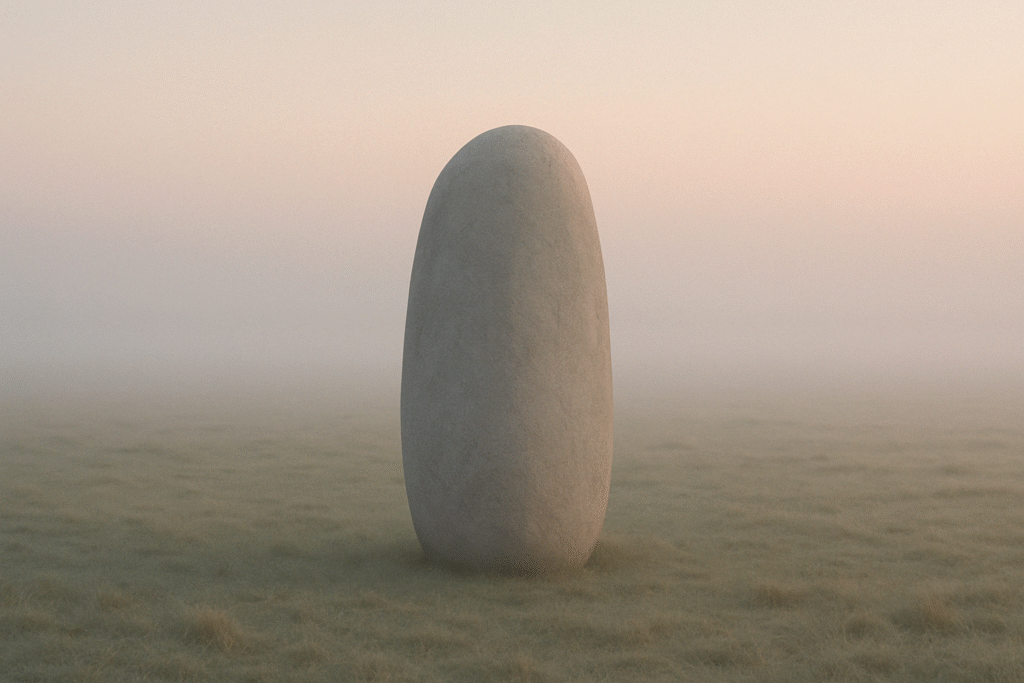Before you act, before you speak, before you judge — see the form.
What Is “Form”?
Form is what remains when nothing needs to be seen.
It is the structure beneath expression, the function beneath style, the shape of something when all performance is removed.
Form doesn’t ask to be praised.
It asks: Does this hold?
Can it be repeated, sustained, relied on—without applause?
Where performance bends to attention, form aligns with reality.
It does only what is necessary—and nothing more.

Form is quiet.
It serves a purpose, fits a need, holds under pressure.
It does not try to impress—only to function. It exists even when no one watches.
Performance, by contrast, depends on being seen.
It is shaped to attract, to convince, to please or provoke. It often begins as intention but bends toward visibility.
A form is a bowl that holds water.
A performance is a bowl shaped for admiration—too thin to use, too fragile to last
The Difference Between Form and Performance
You can feel the difference:
Form calms. It fits. It lasts.
Performance pulls. It needs. It shifts depending on the gaze.
In a world trained to perform, seeing form takes practice.
But once seen, it becomes the only thing that feels real.
Form Holds
- Quiet
- Necessary
- Repeatable
- Unseen
- Stable
Performance Seeks
- Loud
- Impressive
- Trend-based
- Rewarded
- Inflated
How to See It
Pause before acting.
Ask: What is the purpose?
Remove the audience in your mind.
What remains?
To see form, you must look past the mirror. Most of what we do is shaped by reflection—by how others see us, how we hope to be seen, or how we avoid being misseen. But when the mirror breaks, something else appears: the structure underneath. Without a clear reflection to guide performance, you’re left with a deeper question—what still matters when no image can be confirmed? That’s where form begins.
The broken mirror is not a loss—it’s a doorway. When the loop of recognition cracks, the urge to adjust, impress, or explain begins to fall away. In the fragments, you begin to see what’s not performing. What holds without praise. What functions without being seen. That is form. It does not seek approval. It does not reflect you. It simply remains.
Before you act, buy, post, or reach—ask:
Would I still do this if no one ever knew?
Daily Form-Seeing
Short Instructions
1. Begin with One Moment of Pause
Before you act—pause.
No need for meditation, just a breath of stillness.
Ask: What am I about to do? And why?
2. Remove the Mirror
Imagine no one will ever see what you’re doing.
No response. No applause. No judgment.
- Would I still do it?
3. Check the Weight
Ask:
Is this necessary, or habitual?
Is it functional, or flattering?
Does it hold, or does it ask to be seen?
Choose the action that remains useful in silence
4. Let One Action Be Quiet
Each day, choose one thing—however small—to do without being seen:
A task with no credit.
A gesture with no thanks.
A creation with no audience.
Let it pass without reaction. Just observe.
5. End With a Note
At the end of the day, write (or mentally mark):
Where did I act from clarity?
Where did I slip into performance?
No judgment. Just notice.
Seeing the loop is already loosening it.
And Repeat.
Quietly.
Without needing it to be perfect.
This is the practice.
This is how form becomes visible.
The Practice
in daily life
-
In conversations
-
In consumption
-
In creation
-
In silence
“At Work” / “In Conflict” / “Before Posting”

